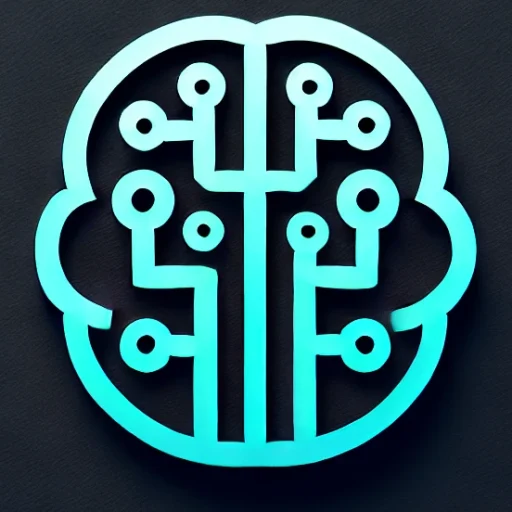
Introduction
In recent years, artificial intelligence has progressed by leaps and bounds, influencing industries and redefining the boundaries of what’s possible. Among the numerous advancements, Generative AI stands out as a pivotal force driving change. From creating lifelike images and videos to composing music and generating human-like text, Generative AI is transforming creative processes and fostering innovation on an unprecedented scale. But what is Generative AI, and why is it the most significant development in AI today?
Key Insights & Latest Advancements
Generative AI refers to algorithms, particularly those using neural networks like Generative Adversarial Networks (GANs) and Transformers, that create content indistinguishable from human-made artifacts. This cutting-edge technology surged into the limelight with the development of models like OpenAI’s GPT series and DALL-E, which have continually pushed the envelope in text and image generation. More recently, advancements like Google’s Imagen and the widespread application of Stable Diffusion have opened doors to more sophisticated and versatile content creation tools, capable of generating high-resolution images and intricate narratives.
Real-world Applications
Generative AI is not just a technological marvel but a practical tool with diverse applications across industries:
-
Entertainment and Media: Artists, filmmakers, and game developers utilize generative AI to automate content creation, enhancing creativity while reducing production times.
-
Marketing and Advertising: Customized ad campaigns are now more engaging and targeted, thanks to AI-generated content that resonates with consumer preferences.
-
Healthcare: AI-generated data sets help in simulating medical scenarios for training purposes and creating models for drug discovery.
-
Architecture and Design: Design professionals use generative tools to conceptualize complex structures and interiors, bringing imaginative ideas to life with greater precision.
Challenges & Future Outlook
Despite its impressive capabilities, Generative AI faces several challenges. Ethical concerns surrounding deepfakes, misinformation, and copyright infringement are at the forefront, raising questions about regulation and the responsible use of these technologies. Furthermore, the computational resource demands and potential biases inherent in training these models pose significant technical and societal issues.
Looking ahead, the future of Generative AI hinges on addressing these challenges. Efforts to improve the transparency and interpretability of AI models are critical, as are advancements in reducing their environmental impact. Moreover, establishing robust ethical guidelines will be essential to harness the full potential of Generative AI responsibly.
Conclusion
Generative AI stands as a testament to the power of artificial intelligence to revolutionize creativity and innovation across multiple domains. While challenges remain, the potential for this technology to enhance human creativity and industry efficiency is immense. As we continue to refine these tools and address the ethical implications, Generative AI is poised to become an integral part of our digital landscape, unlocking new possibilities for the future.
Key Takeaways: Generative AI is a transformative force in artificial intelligence, offering revolutionary capabilities in content creation and innovation. While challenges exist, particularly around ethics and resource demands, the potential benefits make it a cornerstone of AI development today.

